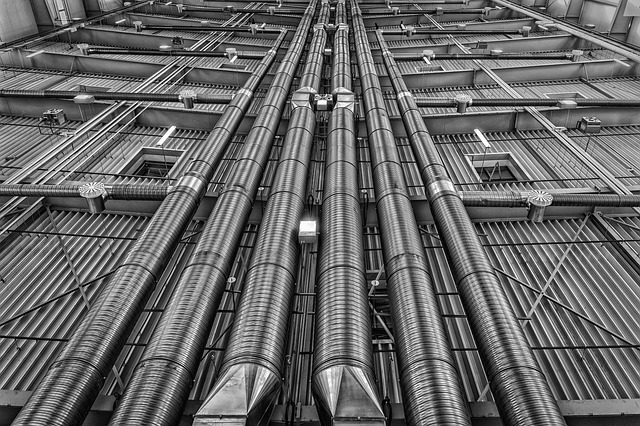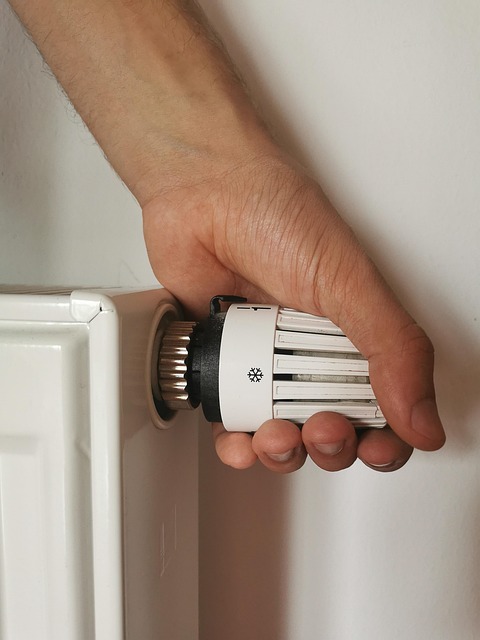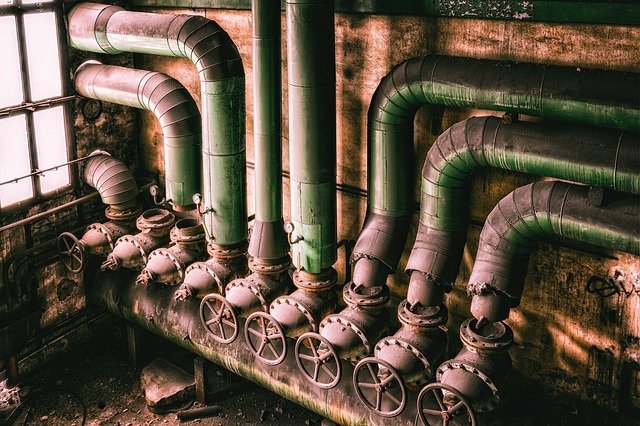Compact water heater tanks optimize space in residential and commercial settings by offering efficient heating solutions with minimal footprints. Available as gas or electric models, these tanks provide powerful heating and reliable hot water supply while accommodating tight mechanical room areas. Strategic installation techniques and proper sealing enhance energy efficiency, reducing utility bills. These compact tanks are ideal for families seeking instant hot water access without sacrificing valuable space.
In today’s compact living spaces, fitting a water heater tank within limited mechanical room areas has become a key consideration. This article explores the unique challenges of installing water heater tanks in tight quarters, delving into the benefits and efficient fitting techniques tailored for these scenarios. Understanding the specific design aspects of compact water heater tanks is crucial, as it allows homeowners and professionals to maximize space utilization while ensuring optimal performance.
- Understanding Compact Water Heater Tanks
- Challenges of Mechanical Room Spaces
- Fitting Techniques for Efficient Installation
- Benefits and Considerations for Tight Spaces
Understanding Compact Water Heater Tanks

Compact water heater tanks are designed to optimize space in tight mechanical rooms, offering a practical solution for residential and commercial properties alike. These innovative systems have revolutionized tank water heating by combining efficient design with advanced technology. Unlike traditional water heaters that consume significant floor space, compact models pack powerful heating capabilities into minimal footprints, making them ideal for areas where every inch counts.
With options available in both gas tank heaters and electric tank heaters, these water storage systems provide reliable hot water while ensuring a smaller physical presence. The tank capacity of these compact units is carefully engineered to meet diverse hot water demands, whether it’s for a single-family home or a multi-unit building. This space-saving approach not only benefits properties with limited room but also allows for more flexible and efficient use of available space, enhancing overall comfort and utility.
Challenges of Mechanical Room Spaces

Mechanical room spaces in residential or commercial buildings often present unique challenges when it comes to accommodating essential equipment like water heaters. These compact areas are typically characterized by limited vertical and horizontal real estate, making it a task to fit in large, traditional water heaters. The challenge intensifies with the growing demand for efficient space utilization, especially in older buildings undergoing renovations.
In such scenarios, storage water heaters, including gas tank heaters or electric tank heaters, offer a practical solution. Their compact design and flexible tank capacity allow them to seamlessly fit into these tight spots, providing hot water storage without occupying excessive space. This is particularly beneficial for homeowners or facility managers seeking to upgrade their water heating systems while optimizing mechanical room spaces, ensuring a well-organized and efficient environment.
Fitting Techniques for Efficient Installation

When installing a compact water heater tank in tight mechanical room spaces, efficient fitting techniques are paramount. Professionals often opt for inline or sidewall installation to maximize limited space. Inline fitting involves routing the tank along a wall, ensuring minimal disruption to floor plans. Sidewall mounting is another popular choice, utilizing available walls to vertically position the tank, saving horizontal real estate. These methods not only accommodate compact dimensions but also facilitate easier access for maintenance and repairs.
Proper insulation and sealing are crucial for efficient tank water heating. Insulating materials around the hot water storage system help maintain optimal temperatures, reducing heat loss. Sealing all joints and connections ensures no warm air escapes, enhancing energy efficiency. Additionally, using dedicated mounting hardware designed for residential water tanks guarantees secure installation, preventing vibrations and potential damage to both the tank and surrounding infrastructure, particularly in gas tank heaters or electric tank heaters.
Benefits and Considerations for Tight Spaces

In tight mechanical rooms, the benefits of compact water heater tank models are manifold. These space-saving units offer the same reliable hot water performance as their larger counterparts but in a fraction of the footprint. This is especially beneficial for older homes or smaller spaces where installing traditional, bulkier water heaters might be challenging or impractical. Compact tanks also allow for better energy efficiency and reduced heat loss, contributing to lower utility bills.
When considering a compact water heater tank for tight spaces, several factors come into play. It’s crucial to evaluate the existing plumbing setup and electrical capabilities to ensure compatibility. Additionally, understanding your household’s hot water demand and choosing a tank capacity that aligns with your needs is essential. Unlike storage water heaters or traditional water heaters, these compact models provide instant hot water, making them suitable for families who require frequent, rapid hot water access without compromising on space.
Compact water heater tanks offer a practical solution for limited mechanical room spaces, ensuring efficient heating without compromising performance. By understanding the unique challenges of these areas and employing suitable fitting techniques, homeowners can maximize the benefits of smaller tanks, including energy savings and streamlined installation. This approach allows for well-optimized space utilization, making compact heaters a smart choice for modern homes.






